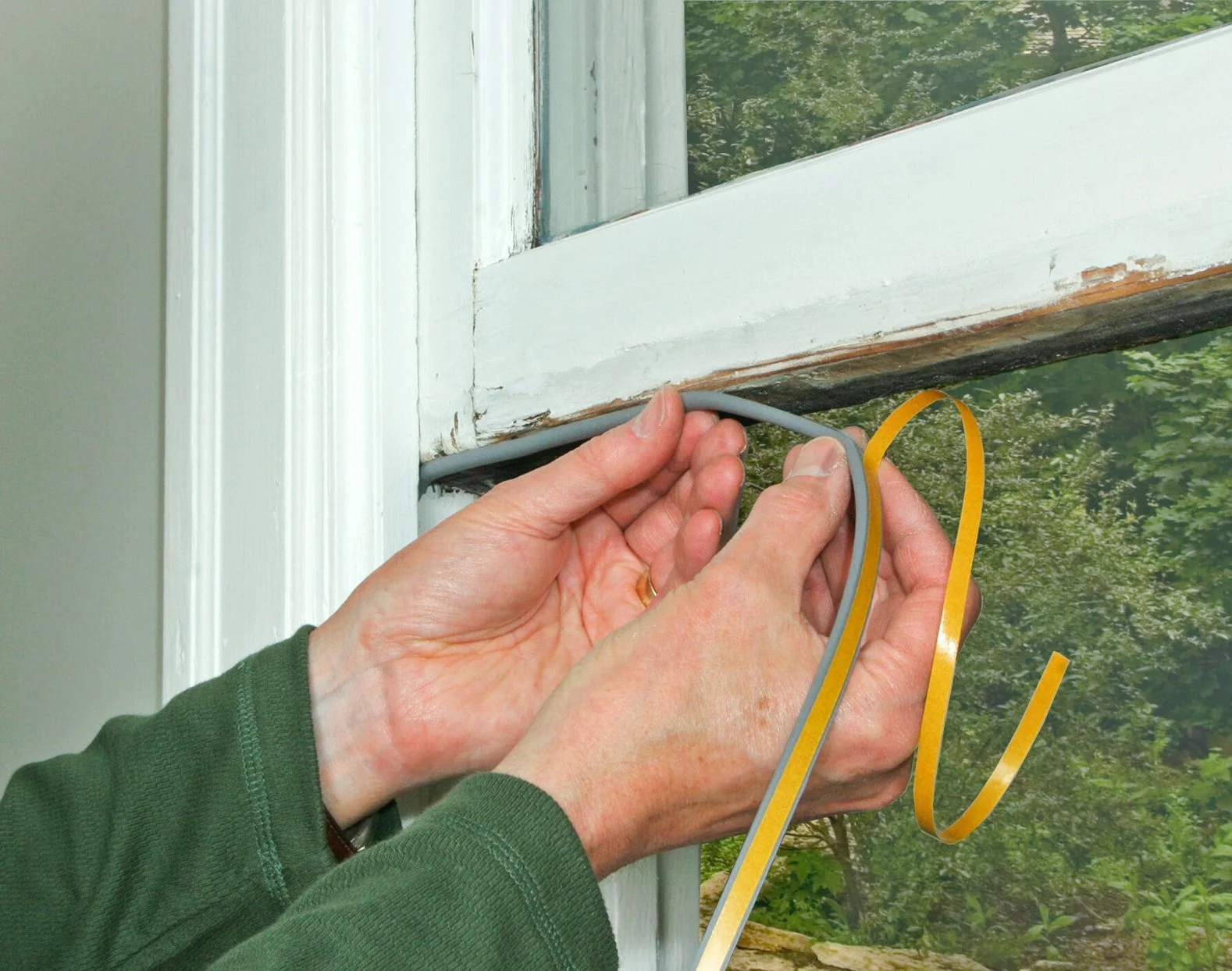It's summertime now; you need something to keep you cool
Back in August of 2020, Garrison Wolfgang and JJ Uaide take a double, backflip on the Columbia River in The Dalles. The water was 70 degrees Fahrenheit that day. Temperatures in the triple digits this weekend will, no doubt, drive people to the river. But water temps on the River are a tad under 59 degrees Fahrenheit today, June 24, according to USGS information logged at The Dalles Dam. Sounds shocking.
By Tom Peterson
A trifecta of heat during the next three days looks to bring 94 degrees on Saturday, June 25, 100 on Sunday and 103 on Monday, according to Wunderground.com.
Heat like that will, no doubt, change behavior as people look to stay cool when Sol goes viral with ultraviolet.
It is the first real heatwave of the season as unusually cool days and above-average rains have led to a pretty chill spring in The Gorge.
Hunkering down in the Air Conditioning or traveling to higher elevations or better yet a nice misty waterfall are sure ways of making it through the next several days.
But for the long term, Energy Trust of Oregon is suggesting the following:
Power down heat-generating devices: Home appliances, electronics and incandescent light bulbs create heat when on. Power down and consider upgrading to LED lights, which operate more efficiently and don’t give off excess heat. Skip the oven and use the microwave, stovetop or grill outside, if possible.
Use your windows strategically: Less light = less heat. Close windows, blinds, shades and curtains to keep heat outside. Light-colored window coverings also help reflect heat away. Close windows and window coverings in hot weather during the day to keep hot air out and open windows at night or early morning to let cool air in. As a longer-term strategy, consider planting trees or tall shrubs to filter sunlight before it enters your home.
Make the most of air conditioning: When no one is home, set the air conditioner or heat pump thermostat a few degrees higher than normal. Check the system air filter regularly and change it when it looks dirty. A dirty filter makes the system work less efficiently and reduces airflow. Make sure all vents and registers are well-sealed where they meet floors, walls and ceilings.
Join the fan club: A ceiling fan can help circulate cool air from your air conditioning. If you buy a new ceiling fan, choose an ENERGY STAR® qualified ceiling fan/light combination unit model and run it to spin counterclockwise, which pushes air down and creates a cool breeze.
Keep hot air out and cool air in: Sealing air leaks and insulating your home can reduce cooling and heating costs. Add caulk or weatherstripping around drafty doors and windows and seal holes or cracks hidden in attics, basements and crawlspaces with caulk, spray foam or weatherstripping. Leaks make insulation less effective. So, if you’re adding insulation, seal air leaks first.



